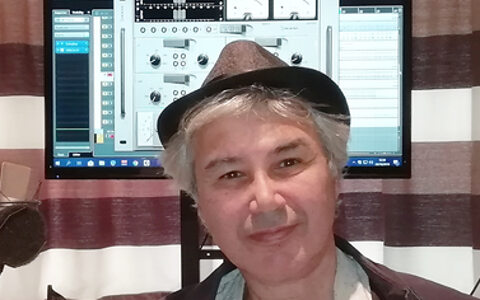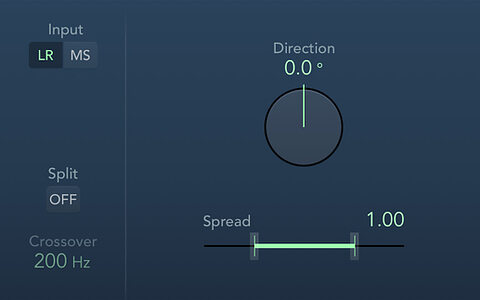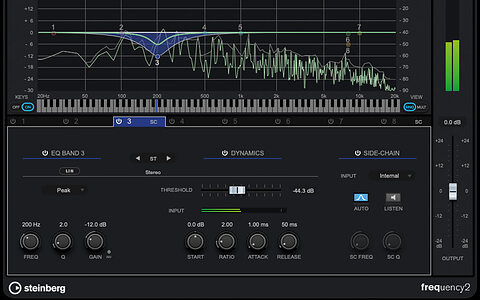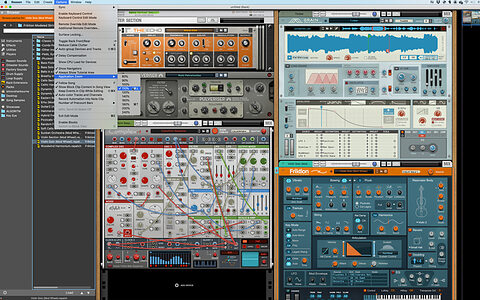
Cubase Pro: Take Control Of Your Stereo Image
We show you how to take full control of your stereo image with Cubase’s powerful bundled plug‑in suite.

We show you how to take full control of your stereo image with Cubase’s powerful bundled plug‑in suite.

In this episode, Eddie Bazil offers tips for creating a signature sound using sound design techniques and offers a range of suggestions on how drums can be processed.
Check out these audio examples which accompany the September 2021 Cubase workshop on Dynamic EQ using Frequency 2.

The newest version of Pro Tools offers much for both native and HDX users.

We guide you through DP’s pitch‑shifting and time‑stretching options.

Get creative with Studio One’s FX Chains.

Go beyond the pan pot with Logic’s Direction Mixer.

In Frequency 2, Cubase 11 Pro has a powerful dynamic EQ.

We check out Reason’s high‑res new look.

We show you how to get great results from self‑recording singers.

Gaming is a huge industry, and the thriving indie sector provides plenty of opportunities for new composers.

When asked to pick a favourite sound that he’s worked on, English producer and mixing engineer Tim Palmer nominates the radio speaker guitar intro from Pearl Jam's ‘Black’.

Polo G could have worked with any superstar mix engineer on the planet. Instead, he chose relative unknown Todd Hurtt to mix his hit album Hall Of Fame.

Producer and engineer David Bottrill is legendary for his work with Peter Gabriel, Tool, Muse, Smashing Pumpkins and Staind....

In this episode, Eddie Bazil discusses using Transient Shapers in place of EQ and provides six practical examples.
by John Walden
These audio examples accompany my Cubase workshop in SOS August 2021, in which i...

In Studio One, Layers are all about the wonderful world of managing multiple takes.

We explore some ways in which creative mixing can add life to a sample‑based production.

We explore some of the less common uses for Markers and Memory Locations.

HOFA‑College’s tutors have analysed more than 21,000 student mixes. We draw on this practical experience to identify the five most common mistakes made by beginners.